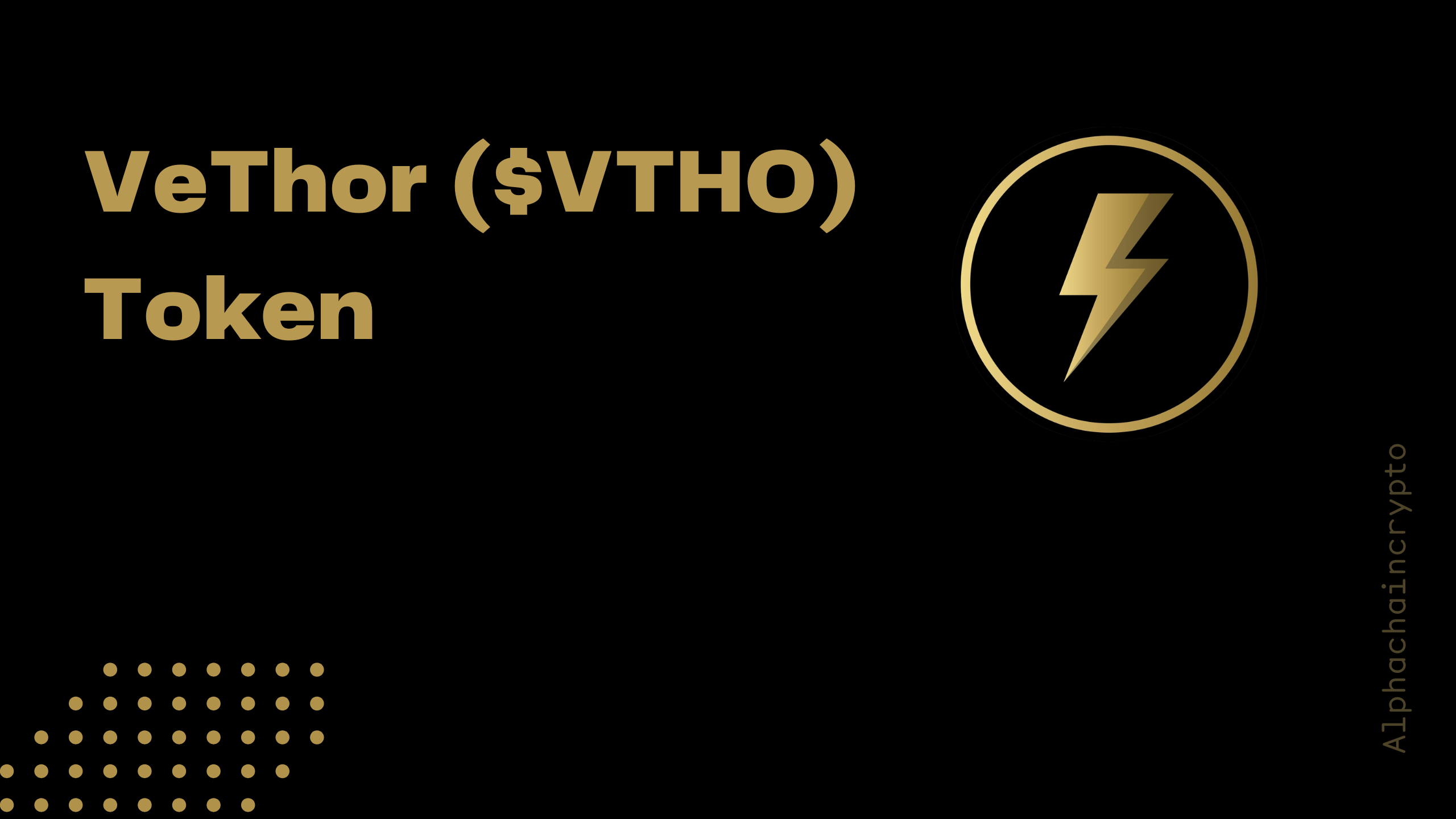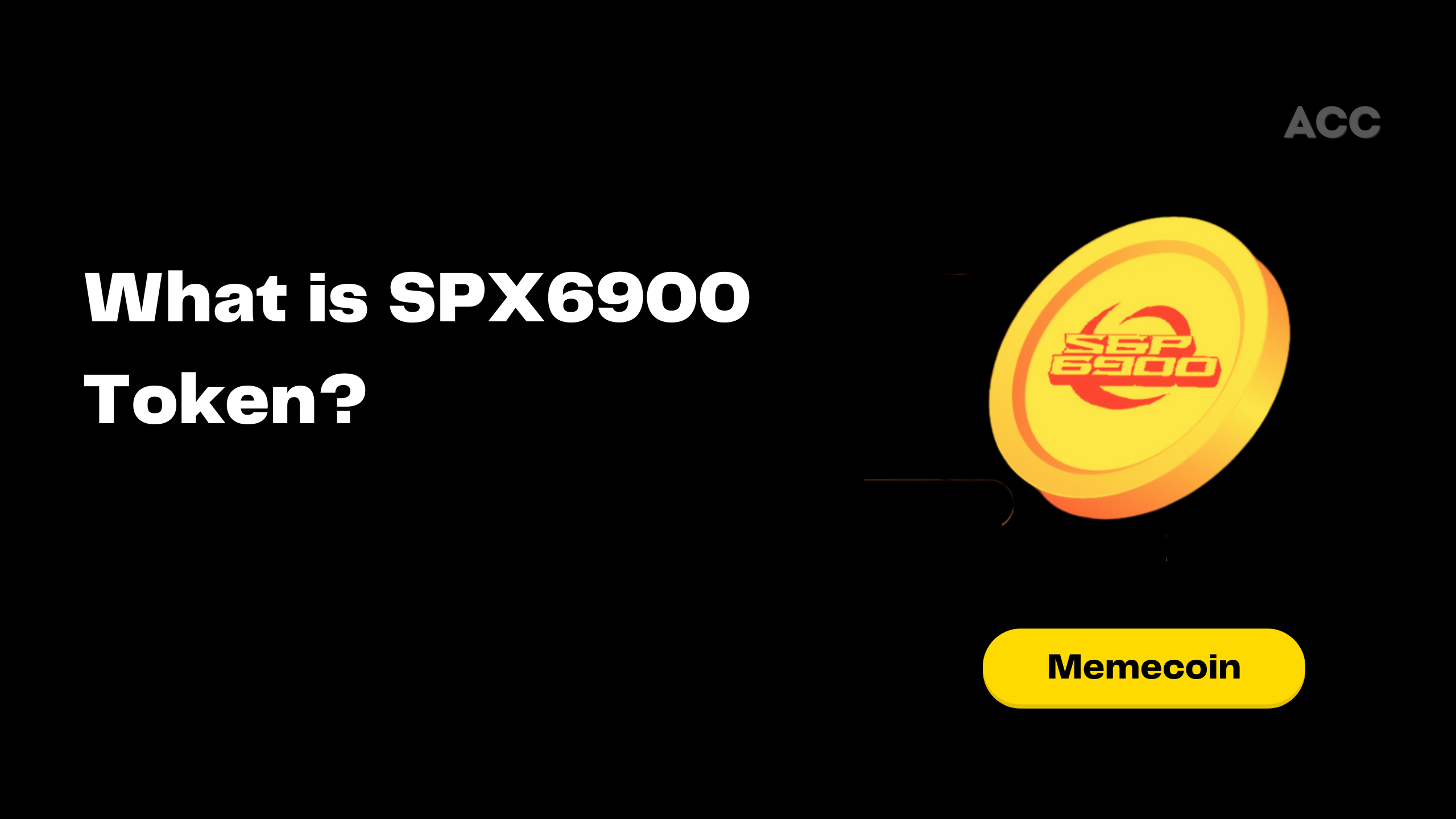With the rise of blockchain and decentralized applications, Ethereum has emerged as a leading platform for smart contracts and decentralized finance (DeFi). To scale the network and improve its performance, Ethereum embarked on a multi-phase upgrade known as Ethereum 2.0, and at the center of this evolution is the Beacon Chain. This pivotal component of Ethereum 2.0 coordinates shard chains, manages staking, and maintains the validator registry, making it essential for the transition to a proof-of-stake (PoS) consensus mechanism.
This article explores the role of the Beacon Chain, its features, and how it is transforming Ethereum’s architecture to support a faster, more scalable, and environmentally friendly network.
What Is the Beacon Chain?
The Beacon Chain is a new PoS blockchain that was launched on December 1, 2020, as part of the Ethereum 2.0 upgrade. At its core, the Beacon Chain is a coordination mechanism that manages the Ethereum network’s transition from a proof-of-work (PoW) model to PoS, which relies on validators rather than miners to secure the network. The Beacon Chain plays a vital role in maintaining the network’s integrity, ensuring that all transactions, data, and validators work seamlessly within the new system.
Metaphorically, the Beacon Chain is the “spine” of Ethereum 2.0, the “heartbeat” that keeps the system running. It can also be likened to a lighthouse that constantly scans the sea of transactions, validating data, managing the validators, and coordinating the activities of shard chains. These shard chains will eventually distribute the workload across multiple chains, significantly increasing Ethereum’s data capacity and reducing network congestion.
Key Functions of the Beacon Chain
The Beacon Chain brings several innovative functions to Ethereum, all of which are critical to Ethereum 2.0’s success:
- Validator Management: The Beacon Chain holds a registry of all validators in the network. Validators are responsible for proposing and validating blocks and must hold a minimum stake of 32 ETH to participate. By staking ETH, validators align their financial incentives with the network’s security.
- Proof-of-Stake Coordination: The Beacon Chain is responsible for coordinating Ethereum’s PoS mechanism. Validators are selected randomly to propose new blocks, and a subset of validators is grouped into committees to vote on these proposals. If a proposed block receives enough votes, it is added to the blockchain, and the proposing validator receives a reward.
- Reward and Penalty Distribution: Validators are rewarded for performing their duties correctly, such as proposing or attesting to blocks. However, if they act maliciously or go offline, they face penalties, including potential slashing of their staked ETH. This reward-penalty system encourages validators to maintain honest behavior and network uptime.
- Shard Chain Coordination: The Beacon Chain is the main anchor point for shard chains, which will become active in future phases of Ethereum 2.0. Shard chains are parallel blockchains that divide transaction processing, enabling Ethereum to handle a larger volume of data and transactions. The Beacon Chain coordinates these shards, tracks their states, and allows for cross-shard transactions.
- Consensus Enforcement: The Beacon Chain applies the consensus rules for the network, ensuring that all validators follow Ethereum 2.0’s protocols. By adhering to these rules, the Beacon Chain maintains network security, integrity, and consensus among all participants.
The Role of the Beacon Chain in Proof of Stake
The shift from PoW to PoS has been part of Ethereum’s roadmap for years, as PoS provides several advantages over PoW, including improved accessibility, scalability, and reduced energy consumption. Unlike PoW, which requires miners to compete to solve complex mathematical puzzles to validate transactions, PoS selects validators randomly to propose new blocks. Validators are financially incentivized to act honestly because they risk losing their stake if they act maliciously or fail to fulfill their duties.
In the Beacon Chain’s PoS system, validators propose new blocks and other validators attest to these blocks by voting on their validity. When a block proposal garners enough support from the network, it is finalized and added to the chain, rewarding the validator with ETH. By distributing block validation across many validators, Ethereum 2.0 achieves a decentralized, energy-efficient method of securing the network.
The Beacon Chain and Shard Chains: Building a Scalable Ethereum
The Beacon Chain is only the first phase in Ethereum 2.0’s rollout. The next major milestone is the implementation of shard chains, which will significantly enhance the network’s scalability. Shard chains work by dividing the Ethereum blockchain into 64 parallel chains (or “shards”), each capable of processing transactions and data independently. This approach effectively spreads the network’s workload, allowing Ethereum to handle more transactions per second and reducing network congestion.
The Beacon Chain acts as the coordination point for these shard chains, ensuring that they operate in harmony. Through cross-shard transactions, Ethereum users will be able to move assets and data across different shards while maintaining security and consensus, all thanks to the Beacon Chain’s oversight.
Benefits of the Beacon Chain for Ethereum 2.0
The Beacon Chain introduces several transformative benefits to the Ethereum network:
- Scalability: By coordinating shard chains, the Beacon Chain enables Ethereum to handle a much larger volume of transactions and data. Sharding distributes the network load, reducing congestion and providing a more efficient user experience.
- Energy Efficiency: PoS is far less energy-intensive than PoW. Instead of requiring significant computational power, PoS relies on validators who are incentivized to act honestly. This shift makes Ethereum more sustainable and environmentally friendly.
- Decentralization and Security: The Beacon Chain’s PoS model encourages decentralization by allowing anyone with 32 ETH to become a validator. This inclusive model helps distribute network control across a broader range of participants, enhancing both security and accessibility.
- Network Integrity and Reliability: By managing the PoS protocol, enforcing consensus rules, and penalizing dishonest validators, the Beacon Chain enhances the network’s integrity and reliability. This helps protect Ethereum users and ensures that transactions are processed securely.
Challenges and the Future of the Beacon Chain
While the Beacon Chain is a groundbreaking advancement, it does face certain challenges. Coordinating validators and shard chains requires complex consensus mechanisms, and maintaining backward compatibility with Ethereum’s existing infrastructure is critical. Developers must also address the risks of validator centralization, as larger holders of ETH may have disproportionate influence in a PoS network.
As Ethereum 2.0 continues to roll out, the Beacon Chain will play an increasingly central role in supporting new features and improvements. Eventually, Ethereum’s existing PoW chain will merge with the Beacon Chain, completing Ethereum’s transition to a full PoS system in a process known as “the Merge.” After the Merge, Ethereum will rely entirely on the Beacon Chain and its network of shard chains to validate transactions and secure the network.
Conclusion
The Beacon Chain represents a new era for Ethereum, transforming it from a PoW-based blockchain into a scalable, energy-efficient PoS network. As the central coordination mechanism for Ethereum 2.0, the Beacon Chain manages validators, coordinates shard chains, enforces consensus, and maintains network security. With the ability to support a high volume of transactions, reduce energy consumption, and enhance decentralization, the Beacon Chain is poised to make Ethereum more accessible and capable of handling global demand.
As Ethereum 2.0 continues to evolve, the Beacon Chain’s role as the “spine” of this upgraded ecosystem will be pivotal in shaping the future of decentralized applications and finance. By introducing a more scalable, secure, and sustainable infrastructure, the Beacon Chain sets the stage for Ethereum’s continued growth, innovation, and impact in the blockchain industry.

A.k.a – alpha girl. Vinita is the founder of Alphachaincrypto. An English Lit Majors, Vinita bumped into Web3 in 2020 only to realise that tech was her calling. Later, Mathreja worked for some notable brands like Near Education, Biconomy, CoinDCX and top of the line crypto start ups.




